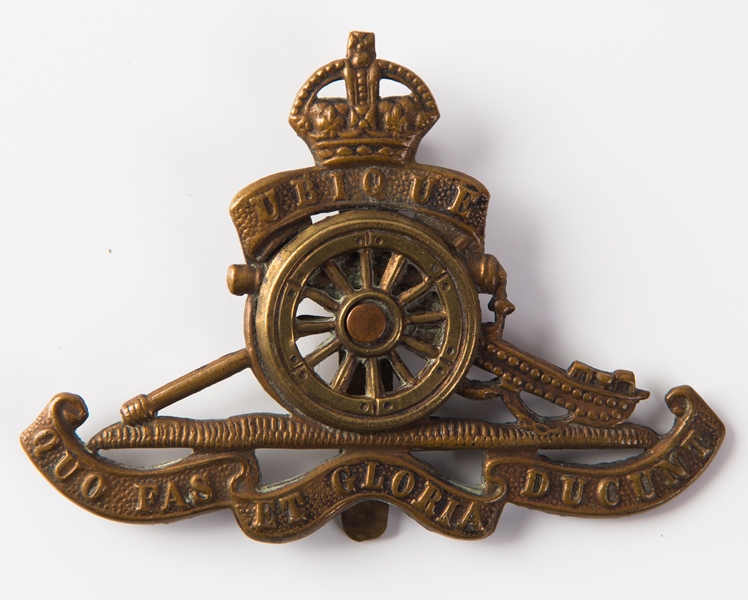Personal Details
Born: 20 October 1888, birth registered in Whitchurch.
Family: Third of nine children born to Richard and Fanny Rogers. In late 1916 Thomas married Winifred Challoner in Whitchurch, Shropshire and together they had four children, Dorothy H, Winifred Nora, Cyril J. and Doreen M.
Residence: In 1891 the family were living in an unnamed property next to Blackoe Farm, Whitchurch, Shropshire. Ten years later they were residing at the same site, then named Waterworks, Fenn’s Bank. At the time of the 1911 census Thomas was living at the same property with his parents and three siblings. The address given in 1915 when he enlisted was 3 Brooklands, Chester Road, Whitchurch. By 1939 Thomas had returned to Fenn’s Bank and was living at Waterworks Cottage with his wife, three children and a son-in-law. By the time of his death in 1973 he had moved to 67 Queensway, Whitchurch.
Employment: He was listed as an engineer in 1911, as was his father. Presumably they were both involved with the running of Whitchurch Urban District Council waterworks. In the 1939 register Thomas was listed as the Waterworks manager/engineer.
Died: Aged 84, his death being registered in the first quarter of 1973 and burial in Whitchurch Cemetery on 19 February the same year.
Military Details
Regiment: Royal Garrison Artillery
Rank: Gunner
Service Number: 197366
Date of Enlistment: 12 December 1915 (mobilised 23 August 1917)
Date of Discharge: 7 March 1919
Reason for Discharge: Demobilisation
Other Information: Thomas served in Egypt
Thomas was awarded the Campaign Medals (British War Medal and Victory Medal)

The British War Medal (also known as 'Squeak') was a silver or bronze medal awarded to officers and men of the British and Imperial Forces who either entered a theatre of war or entered service overseas between 5th August 1914 and 11th November 1918 inclusive. This was later extended to services in Russia, Siberia and some other areas in 1919 and 1920. Approximately 6.5 million British War Medals were issued. Approximately 6.4 million of these were the silver versions of this medal. Around 110,000 of a bronze version were issued mainly to Chinese, Maltese and Indian Labour Corps. The front (obv or obverse) of the medal depicts the head of George V. The recipient's service number, rank, name and unit was impressed on the rim.
The Allied Victory Medal (also known as 'Wilfred') was issued by each of the allies. It was decided that each of the allies should each issue their own bronze victory medal with a similar design, similar equivalent wording and identical ribbon. The British medal was designed by W. McMillan. The front depicts a winged classical figure representing victory. Approximately 5.7 million victory medals were issued. Interestingly, eligibility for this medal was more restrictive and not everyone who received the British War Medal ('Squeak') also received the Victory Medal ('Wilfred'). However, in general, all recipients of 'Wilfred' also received 'Squeak' and all recipients of The 1914 Star or The 1914/1915 Star (also known as 'Pip') also received both 'Squeak' and 'Wilfred'. The recipient's service number, rank, name and unit was impressed on the rim.

